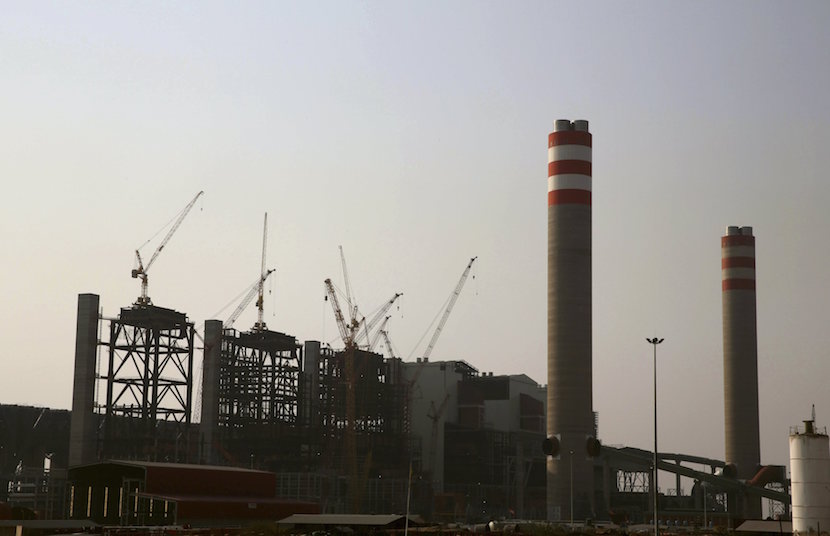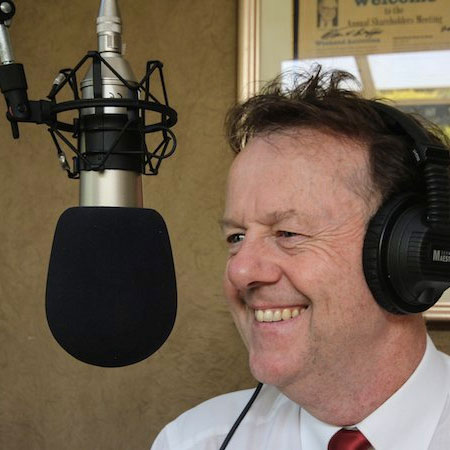By Antony Sguazzin
(Bloomberg) – Eskom, South Africa’s biggest polluter, has asked for additional emission exemptions at two of its biggest plants, a request that will increase environmental protests against the state-owned utility at a time when it’s already being slammed for rolling power cuts.
Eskom, which is struggling to meets its costs and has R454 billion ($31 billion) in debt, has applied to the environment ministry to delay complying with sulfur dioxide emission limits at its Medupi coal-fired plant by five years. It’s also seeking permission not to install emission reduction equipment at its Matimba plant at all, saying it’s not cost-effective.
Emissions of particulate matter, which cause respiratory disease, are already at a 20-year high since equipment at the utility’s Kendal plant was damaged during a strike. While independent studies allege that Eskom’s pollution kills about 2,000 people a year, the company puts the number at 320. Environmentalists have taken the government to court over its failure to rein in emissions from the utility.
“The exemptions sought by Eskom for just these two power plants would cause an estimated 6,000 to 12,000 premature deaths over the remaining life of the plants, a health burden and economic burden that far exceeds the costs of the equipment required to comply with the standards,” said Finland-based Lauri Myllyvirta, lead analyst for the Centre for Research on Energy and Clean Air.
Acid rain
In addition to respiratory problems, sulfur dioxide has been linked to low birth weight and causes acid rain.
With a combined capacity of more than 8,700 megawatts, or about a fifth of current total capacity, Medupi and Matimba are crucial to Eskom. The company operates 15 coal-fired plants, with many of them nearing their de-commissioning dates. As a result of that and inadequate maintenance, South Africa has this week been hit by record power cuts that have prompted public anger and an apology from President Cyril Ramaphosa.
The Centre for Environmental Rights says Eskom’s applications are illegal as these had to be made by the end of March 2019.
“This is Eskom’s fifth application to delay compliance with national air pollution laws that primarily exist to protect people’s health, children in particular,” said Timothy Lloyd, an attorney at the Centre for Environmental Rights. “We dispute the lawfulness of this belated application for weaker emission limits.”
While Eskom planned to cut sulphur dioxide emissions at its 228-billion-rand Medupi plant from 2025, it’s now asked the ministry to postpone that to 2030. Installation at Medupi of flue-gas desulphurisation equipment, which reduces sulphur-dioxide emissions, at a cost of 38 billion rand has yet to begin and will only be completed by 2030, said Bryan McCourt, the manager of Eskom’s Air Quality Centre of Excellence.
Air quality
The delays are due to issues with construction and project management, he said. Medupi was initially scheduled to be completed by 2015 at about at third of its current projected cost of about $15 billion. In its application, Eskom also seeks exemptions on emissions of nitrogen dioxide and particulate matter at Matimba, citing a lack of money and water availability issues. McCourt said fitting Matimba with a flue-gas desulfurization plant wouldn’t considerably improve air quality.
Instead of complying with the government’s planned limit of 1,000 milligrams of the pollutant per normal cubic meter, already double an earlier plan and significantly higher than limits in India and China, Eskom wants to increase its current limit of 3,500 milligrams per normal cubic meter at Medupi to 4,000 milligrams. At Matimba, it wants a limit of 4,000 milligrams at a plant that’s scheduled to close between 2038 and 2042. The exemption would last until decommissioning.
If the permission is not granted the plants could be forced to close, according to regulations.
McCourt said Eskom got permission from the ministry to submit the application by the end of November. Albi Modise, a spokesman for the ministry, didn’t answer a call to his mobile phone.
In addition to sulphur dioxide, nitrogen dioxide and particulate matter, Eskom accounts for about two-fifths of South Africa’s greenhouse gas emissions. South African is the world’s 14th largest emitter of the gases, matching the UK, which has an economy eight times the size.


